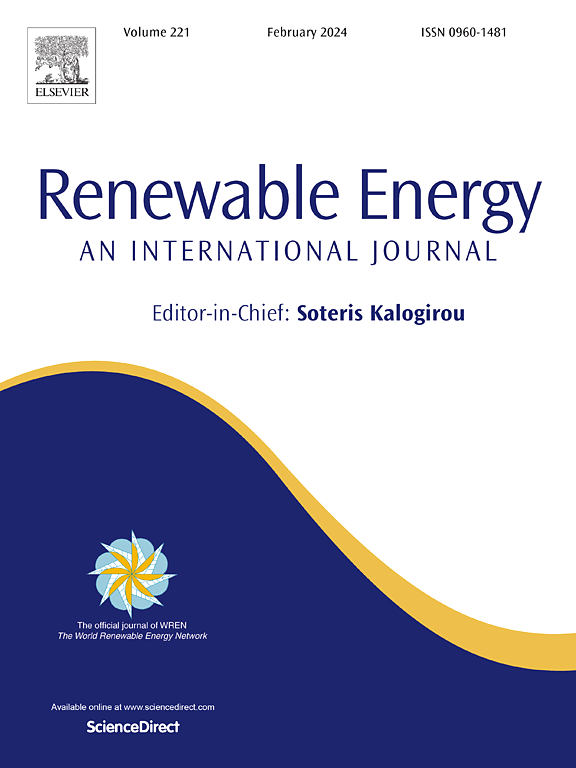Swarm intelligence-based Multi-Layer Kernel Meta Extreme Learning Machine for tidal current to power prediction
IF 9
1区 工程技术
Q1 ENERGY & FUELS
引用次数: 0
Abstract
Tidal energy, with its predictable and consistent nature, offers a scalable ocean renewable resource that can diversify the energy generation mix for countries with suitable coastal conditions. Accurate tidal current-to-power forecasting is essential to optimize power system management, improve grid stability, and inform the design of power processing and storage units. This study proposes a novel hybrid model integrating Swarm Decomposition with a Multi-Layer Kernel Meta Extreme Learning Machine to forecast non-stationary tidal currents. The Swarm Decomposition isolates key oscillatory components, reducing noise and improving feature extraction, while the kernel-based architecture enhances generalization and scalability by minimizing the need for extensive parameter tuning, resulting in higher forecasting accuracy and computational efficiency. The model is validated on two real-world tidal current datasets from distinct locations, incorporating seasonal variations, and compared against well-established extreme learning machines and deep learning models. A sensitivity analysis of signal decomposition parameters demonstrated their impact on decomposition quality and computational cost. The proposed model outperformed superior performance on both tidal datasets, achieving a 5-fold reduction in mean squared error and increased from 0.9653 to 0.9933. These findings highlight the model’s robustness and adaptability to diverse tidal conditions, making it a reliable tool for tidal power forecasting.
求助全文
约1分钟内获得全文
求助全文
来源期刊

Renewable Energy
工程技术-能源与燃料
CiteScore
18.40
自引率
9.20%
发文量
1955
审稿时长
6.6 months
期刊介绍:
Renewable Energy journal is dedicated to advancing knowledge and disseminating insights on various topics and technologies within renewable energy systems and components. Our mission is to support researchers, engineers, economists, manufacturers, NGOs, associations, and societies in staying updated on new developments in their respective fields and applying alternative energy solutions to current practices.
As an international, multidisciplinary journal in renewable energy engineering and research, we strive to be a premier peer-reviewed platform and a trusted source of original research and reviews in the field of renewable energy. Join us in our endeavor to drive innovation and progress in sustainable energy solutions.
 求助内容:
求助内容: 应助结果提醒方式:
应助结果提醒方式:


